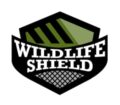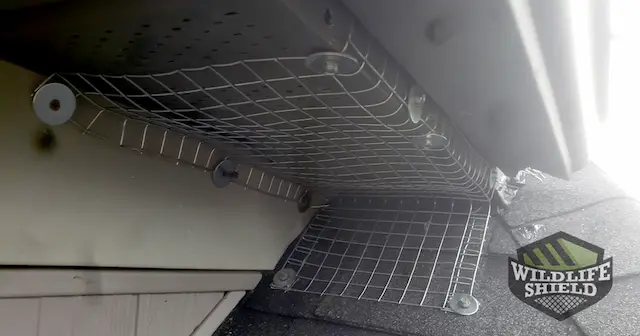This case will detail the removal of a raccoon and its babies from a home in Oshawa. We will examine how the inspection revealed the presence of raccoon kits and how we extracted them and allowed for mom to get re-united with them.
Oshawa, located in the Durham Region, is well known for being a car manufacturing city. In the late 1800s, it was already the home to many wagon factories. As more highways and rail links were built, the city’s development increased at a rapid speed.
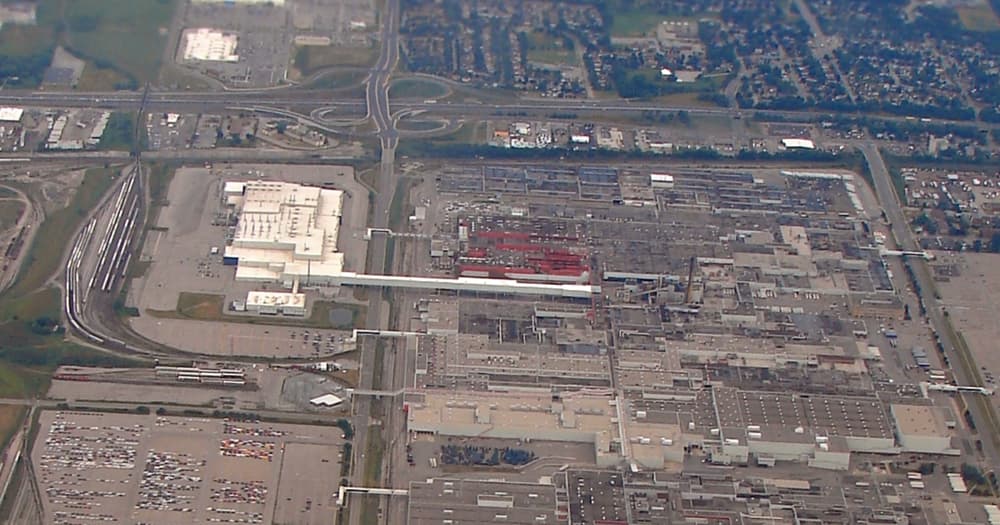
In 1907, the McLaughlin Motor Car Company began manufacturing cars with Buick engines. By 1918 the company had merged with Chevrolet and Buick and created what is now known as General Motors of Canada.
This case will take a look at a raccoon breach of an attic in an Oshawa home.
Raccoon inspection of attic
We were contacted by the homeowner after they noticed that a section of their roof soffit was missing, and noises were being heard in the attic. They suspected that raccoons had entered the space and made themselves at home. Activity had been present for some time.
We sent one of our licensed wildlife technicians to inspect the issue and determine what steps would be needed to resolve it.
During our inspections, we will perform a walk around the house and look for any entry points from ground level. We look for any evidence of roof damage on the ground, such as damaged shingles, pieces of soffit, or even insulation. Finding such debris can point to a potential entrance into the attic above.
Once the ground-level inspection is complete, we will climb up on the roof and perform a thorough inspection of all its features. This will include soffit intersections, roof vents, chimney caps, and any other areas that could be compromised by wildlife.
In this particular house, our technician found a hole at a soffit intersection. These areas of the roof are especially vulnerable to raccoons because of their angular design. Being strong animals, raccoons are able to leverage their weight and push up against the soffit until they have a big enough gap to grab the edge of the metal with their hands. Once they have a grip on the metal, they can pull it off and in essence create an entry way.
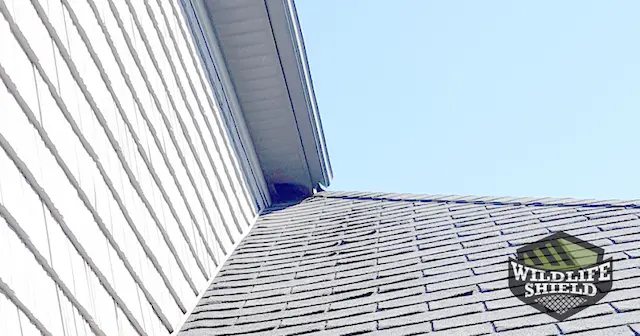
We also determined that there were baby raccoons inside the attic. This causes an extra challenge for our team as we must ensure all young animals are out of the attic before we completely seal it.
One-way door and exclusion work
Our process to seal and exclude a roof structure from wildlife is fairly straightforward. We must first ensure that there are no secondary entry points, which in this case there were not. We then install a one-way-door at the primary entry point. These special doors allow raccoons to exit the attic and not be able to return.
Because young raccoons were present in this home, our technician installed a smaller one-way-door alongside the main one. Young raccoons may not yet have the strength to push the larger plexiglass door, so a smaller one will do the trick.
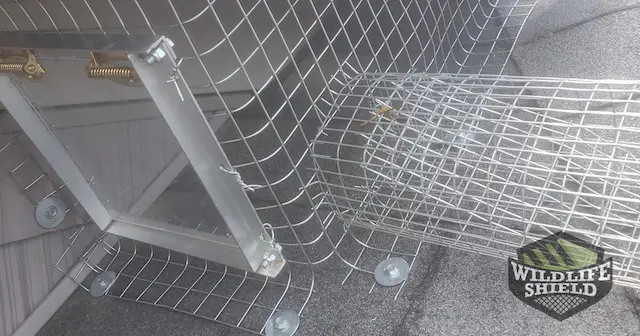
These doors are installed with a strong and durable galvanized steel mesh that secures them in place. This mesh is resistant to gnawing and prevents animals from penetrating into the structure.
We usually give the animals a few weeks, depending on weather conditions, before we remove the doors and seal them permanently.
Follow up
We returned soon after the homeowner called to inform us that they had seen the raccoons roaming around outside. To our surprise, the main door had been broken off its hinges. Our technician installed a new door, and we gave it some more time in case any raccoons were still inside the attic space.
The customer contacted us a week later and noticed that there were still noises in the attic. We returned once again to inspect.
At this point, we realized we were dealing with a smarter than usual raccoon. It appeared that the animal had managed to twist a loose end of the mesh in order to prop the main door slightly open. This allowed the animals to exit and then return inside. It is not usual to have animals manipulate our installations to their benefit, but it can sometimes happen.
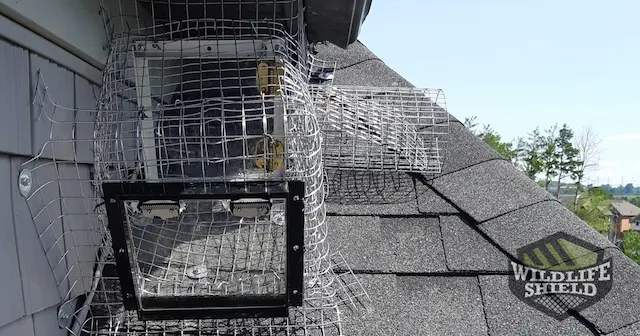
The strategy now was to ensure the animals could not re-enter the attic no matter how smart they may be. So, our technician doubled up on the one-way-doors. We kept all mesh ends away from the door and hoped that this resourceful animal would not be able to pull its tricks on us twice.
On our next visit, the adult raccoons were out as they had been seen by the customer. But before removing the doors and sealing the hole, we must inspect the attic and be certain that the babies have also vacated. This is an imperative step we always take as the young animals are sometimes unable to push through the doors or may be too young to even walk out.
And there they were. Our technician found a litter of raccoon kits tucked in a corner of the attic. They were removed and placed in a cardboard box which will be left outside near the home so that the parents can retrieve them and bring them to their next hiding spot. We must always leave the litter near the original area so that the parents can find them easily.
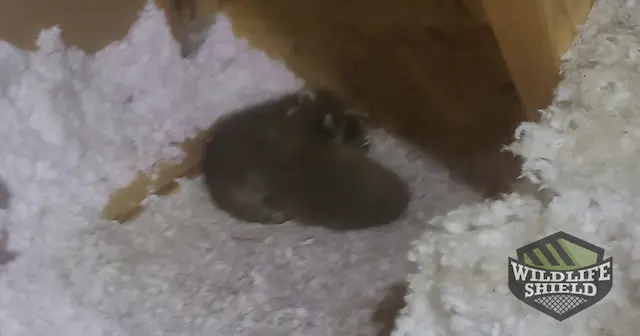
Once we ensured that all animals had vacated the attic, it was time to patch up the hole and make sure these critters did not move back in.
We finished our job by preforming a disinfection and deodorization of the attic. This process will kill any pathogens left in attic by the raccoons and will also destroy all odours remaining in the area. This is important because strong animal odours will often attract other animals.
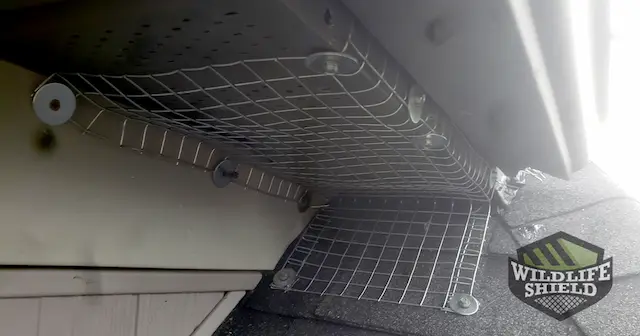
Conclusion
No one wants unwelcomed visitors in their home, and that includes wildlife. But kicking them out is not as easy as it may seem. Our professional technicians are armed with the knowledge and tools to remove wildlife from various enclosed spaces- attics, sheds, porches, etc.
Sometimes the tenant may not get the point the first time, but they will never outsmart our technicians. This particular raccoon was able to rig our installation to its advantage, but with a little ingenuity we were able to get it out once and for all. After reuniting the parents with their kits, our job was done, and we had another happy customer.
All our exclusion work is backed with a 2 year warranty. If any of our installed exclusions are damaged or removed, we will return and replace them.
